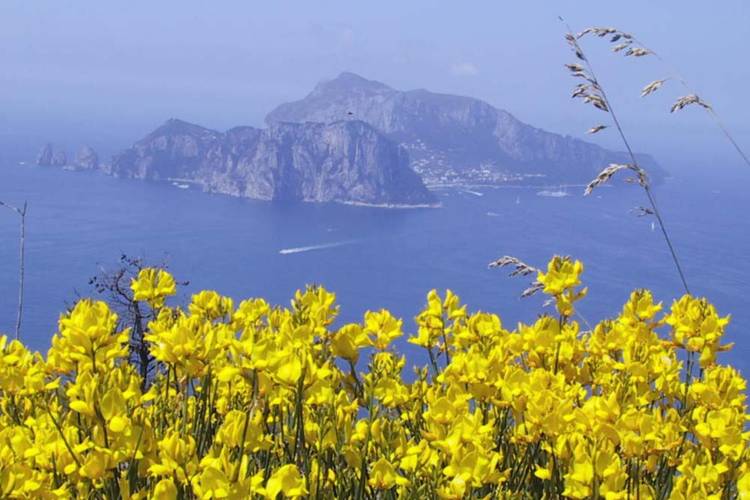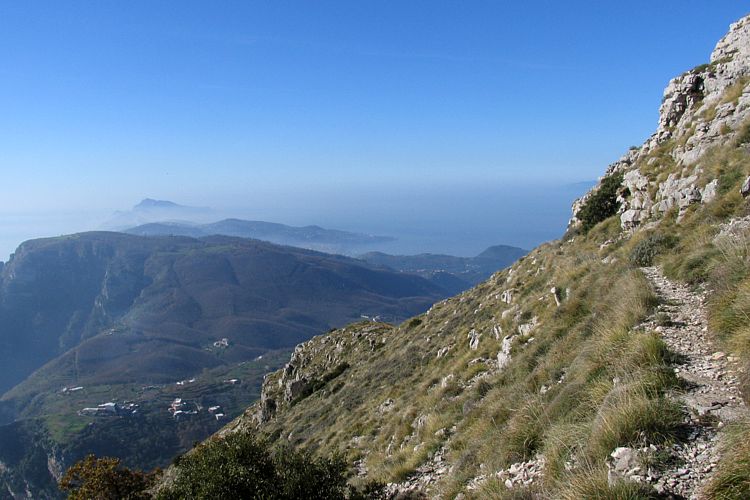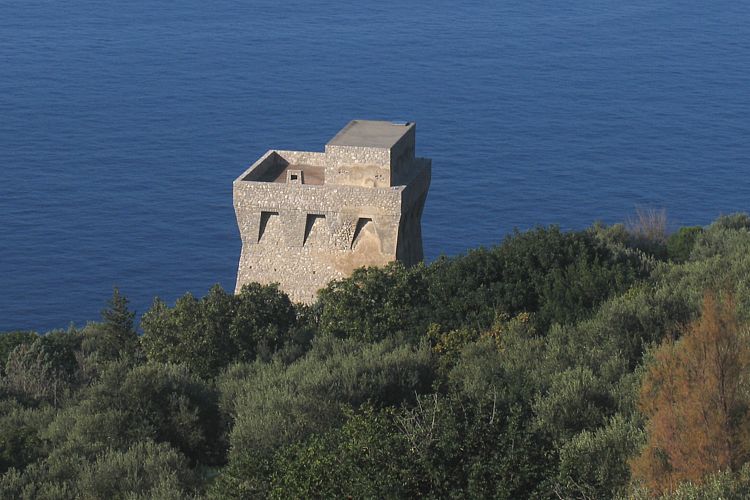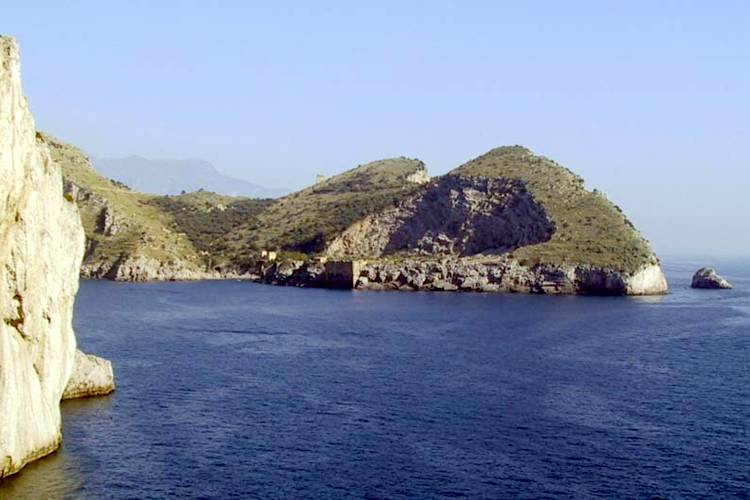The wealth of sensations experienced during a walk cannot be achieved in any other way
|
LAZARUS, COME FORTH! (John 11:44) (Walking & Serendipity) |

|
|
With
these words Jesus wasn’t only resuscitating Lazarus, but was also calling
for all mankind to come up out of their spiritual graves. Luckily most
people do not
need to wait for a miracle to leave their desks, couches and beds in order to go out
and enjoy the innumerable pleasures and objective benefits resulting from
the simple use of their walking ability. It is not an order, but excellent
advice; a small dosage of good will supported by a minimum of intelligence
is sufficient. |
|
All regular walkers continually have to face
two fundamental, logical and unfortunately opposing postulates: |
   |
   |
Photographs, even those taken by experts with professional
cameras and even if they succeed in faithfully reproducing the genuine
color tones, are still limited by the fact that they reduce a
three-dimensional reality to just two dimensions and above all they are
silent and static. Videos, in comparison, have the advantage of
reproducing movement and often also sound, but they continue inexorably
and inevitably to be incapable of transmitting smells, the most subtle
background noises, textures and flavors, or even a general and global
perception of the surroundings.
The
best way to tease and stimulate all your senses is to go by yourself
(something not for the timorous and which could objectively entail an
element of risk, even though limited) or alternatively with a few
self-sufficient and independent friends who share your passions and
sensibility, or who at least have similar aims and interests.
Exploring in the company of other people with whom you can debate
adds interest to the walk and is usually more productive since more eyes
can see more things: somebody
may point out an unknown plant or a flower out of season, someone else an insect of a
particular aspect or color, the trace of a path just waiting to be
explored. Best avoided are noisy
people (of any age) and children who need looking after
and absorb much of our
attention which consequently cannot be dedicated to the surroundings. In a
nutshell, quality not quantity and on the same wave-length. |
|
There is always something new and no walk is
equal to the previous one even if the route is identical; just as the water running through a riverbed between two more or less
unchanging banks is always different. |
   |


www.maratrail.com

www.giovistravels.com

www.puntacampanella.org


